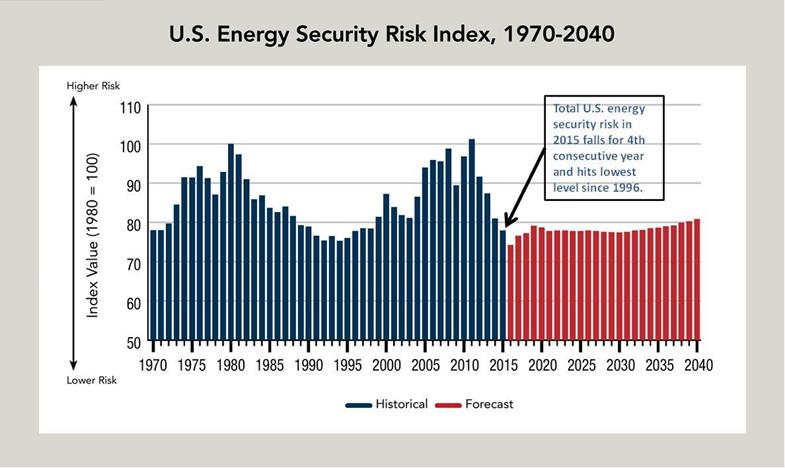Former North Dakota Gov. Jack Dalrymple penned a favorable opinion piece in the Billings Gazette pushing back on anti-pipeline protesters and defending DAPL. The piece was also picked up by the Minneapolis Star Tribune. Published just hours before he left office, Dalrymple highlighted a number of key points, including the Standing Rock Sioux Tribe’s failure to participate in the PSC’s review of the project, the relocation of the tribe’s water intake, existence of a preexisting energy corridor, the fact that the project doesn’t cross SRST land, and Judge Boasberg’s ruling.
According to the governor these are the essential facts:
- “Not one person from the tribe attended any of the meetings and hearings publicly noticed by state regulators over the course of two years. The pipeline’s permitted route never crosses tribal land.
- Those opponents who cite the 1851 Treaty of Fort Laramie to dispute who owns the lands conveniently ignore the later treaty of 1868.
- Finally, with respect to the pipeline’s proximity to the [SRST] Reservation’s water supply, its existing intake was already scheduled to be shut down by the end of 2016 and replaced by an intake in South Dakota, some 70 miles away.”
In addition, the former governor denounced protesters for spreading false information via social media, use of professional agitators, harassing pipeline workers, and defying his evacuation order.
“Yet, when news spread that the pipeline project was legally moving forward, various environmental groups began contacting [SRST] Chairman Dave Archambault to express their desire to come to Cannonball, North Dakota, and begin a “Stop the Pipeline” movement. Apparently, the chairman saw no reason to discourage their plans.”
The governor concluded by thanking members of law enforcement for their professionalism in the face of often violent protesters.
“We are proud of the restraint and professionalism of our law enforcement officers. Attacks on their conduct have been totally inaccurate, and I hope that time will help reveal the facts surrounding this ongoing situation, and that reason will prevail.”

